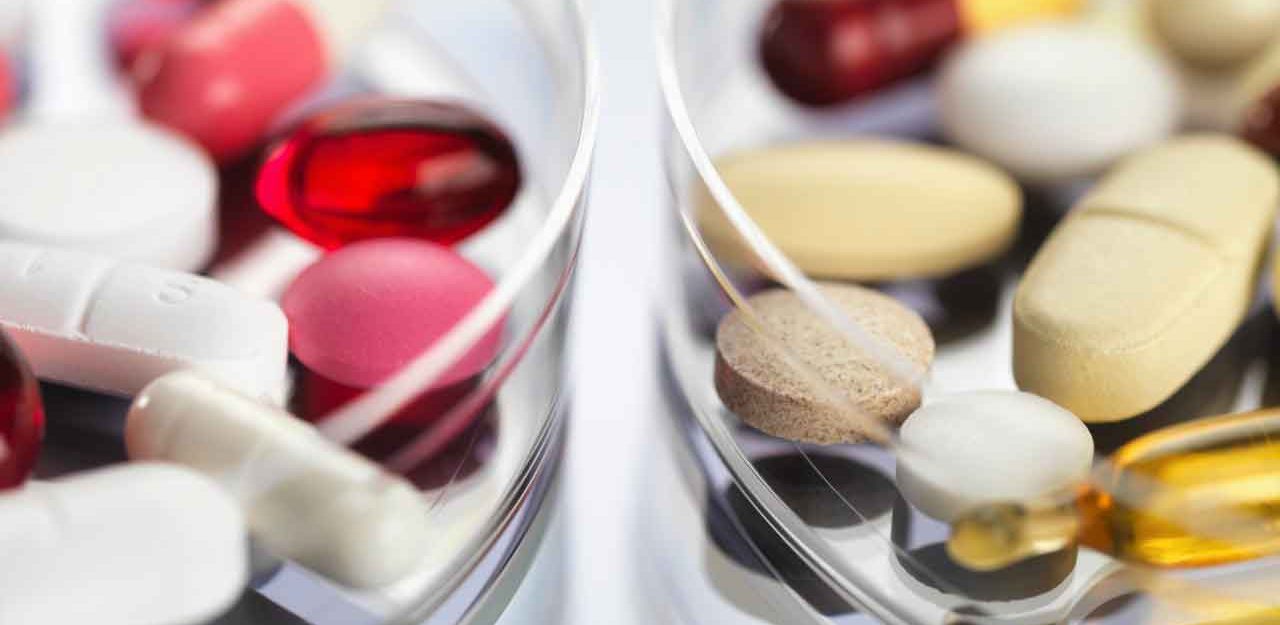How to Prevent Antibiotic Resistance

While researchers develop new drugs to stay ahead of the problem, here's how to prevent resistance: use antibiotic medicines more wisely.
When penicillin was introduced in the early 1940s, it revolutionized medicine and saved millions of lives. Penicillin and the wave of antibiotics that followed it became some of the most common drugs in a doctor’s medical arsenal, turning many once-deadly infections into minor complaints.
What is antibiotic resistance?
Yet decades of routine antibiotic prescriptions in humans, plus regular antibiotic use in animals used for food, have led to a new problem. Today, a growing number of bacteria have become impervious to the drugs meant to treat them. “Every time antibiotics are used in any setting, bacteria evolve by developing resistance. This process can happen with alarming speed,” said Steve Solomon, MD, director of the Office of Antimicrobial Resistance at the Centers for Disease Control and Prevention (CDC).
These “superbugs” are rendering antibiotics useless for many of the people who need them. Each year, more than 2 million people in the U.S. get antibiotic-resistant infections, and 23,000 die, according to the CDC. A report from the World Health Organization (WHO) found antibiotic resistance a worldwide threat, affecting bacteria responsible for serious illnesses, such as pneumonia, bloodstream infections, gonorrhea, and methicillin-resistant Staphylococcus aureus (MRSA).
“Antibiotic resistance is rising for many different pathogens that are threats to health,” said CDC Director Tom Frieden, MD, MPH. “If we don’t act now, our medicine cabinet will be empty and we won’t have the antibiotics we need to save lives.”
New technologies to overcome resistance
As the number of bacteria resistant to current antibiotics rises, researchers look for new ways to combat the problem. One method is to stop the processes that turn bacteria resistant. Another is to develop new antibiotics that are effective against drug-resistant bacteria.
At Rice University, researchers have uncovered a genetic mechanism by which bacteria not only become resistant to antibiotics, but also pass their resistance on to other bacteria. They hope their discovery will lead to a new generation of drugs that can halt the resistance process. “Our lab does a form of evolutionary reconnaissance into how bacteria will become resistant in the future,” said biochemist Yousif Shamoo, PhD. “The pharmaceutical industry and other labs can use this information to develop drugs to stay ahead of the pathogens.”
Some new antibiotics under investigation use “decoys” to combat resistance. Bacteria have multiple methods – including enzymes – to attack antibiotics and render them useless. Scientists are developing decoy molecules, which the bacteria are tricked into attacking instead of the antibiotic. Decoy molecules such as clavulanic acid are already being added to the penicillin family of drugs to prevent resistance.
Until new drugs come to market, doctors can preserve the effectiveness of current antibiotics by prescribing them more appropriately. That means only giving antibiotics to patients with bacterial infections, and choosing drugs that are known to kill the particular strain causing the infection. Scientists at the University of Toronto hope to improve prescribing accuracy with a chip that can test bacteria for resistance within an hour – far faster than current tests, which take two to three days.
How to prevent antibiotic resistance
While public health officials and researchers tackle the issue of antibiotic resistance on a global scale, you can help by using these drugs only when you absolutely need them. Don’t ask your doctor for an antibiotic prescription unless you’re sure you have an infection caused by bacteria – antibiotics won’t work on viruses. And, never take an antibiotic that was prescribed for someone else.
When you do get an antibiotic prescription, follow the directions exactly. Don’t skip doses. Finish the entire bottle, even if you start to feel better. Stopping the medicine too soon could leave some live bacteria behind, which could develop resistance to the antibiotic.
Practice good hygiene to avoid getting sick in the first place. Wash your hands with warm water and soap or an alcohol-based hand sanitizer several times a day. Try to stay away from anyone who looks sick. Disinfect surfaces where bacteria tend to congregate, such as computer keyboards and shared phones. And keep your hands away from your eyes, nose, and mouth to avoid giving germs a route inside.
Updated:
March 30, 2020
Reviewed By:
Janet O’Dell, RN